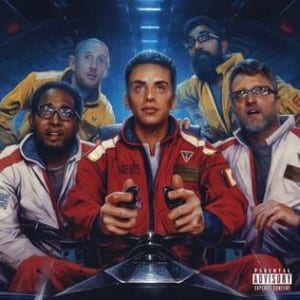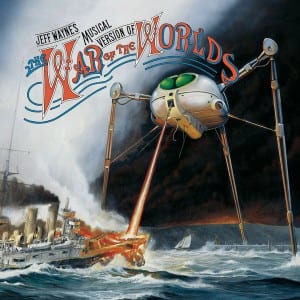Now our original concept album idea was founded, we needed to understand the many definitions and categories of research that came with the idea so we could fully flourish our project with informed ideas.
I started looking into the basic specifics of concept albums; such as instrumentation but there was no correlation between instrumentation and concept albums at all. We came to a subcategory of concept albums used in radio drama where there would be a certain narrative throughout the pieces. This had to lead me to a new direction of research, which was albums that tell an active story through narration itself and through vocal hinters.
For example, my primary analysis was The Incredible True Story – Logic. Within some pieces of his album, the listener was introduced to a narrative setting where characters would talk about the music in a spaceship whilst on some sort of separate journey. In an interview published by Vman (https://vman.com/article/the-incredible-true-story-of-logic/) Logic revealed that he consciously edited to have two worlds going on within his album. You have ‘The anime-cinematic experience of the album or Logic’s songs you want to listen to. It’s up to the listener to decide what they want.’
Jack discovered in some of his later research that this type of music can be identified by a narrative model mentioned by Bryon Almén. Almén in his book of Narrative Archetypes: A Critique Theory and Method of Narrative Analysis introduces a descendant narrative model where musical narrative is “a transposed reflection of literary narrative,” while in an alternative sibling model, “the two media,” that is literature and music, “share a common foundation but varying manifestations.” The Sibling Model is what we will use to describe the method Logic has used in his album and where we wanted to lean our project towards.
The Vman publisher mentioned before described Logic’s artefact as an ‘Audio Movie Album’. This title or category of work i was very interested in recreating so i went to find other similarities. Narration, Radio Drama and Sci-Fi were the key points of our research from there on. We looked at albums such as Dark Side of the Mood by Pink Floyd, Sgt Pepper by The Beatles and Ziggy Stardust by David Bowie for inspiration on instrumentation an genre.
Another category of concept albums with a similar narrative aspect was defined as the ‘Rock Opera’ – A concept album taken to its logical conclusion, telling a single complete story mostly – if not entirely, sang from one or more characters perspective. War of the Worlds by Jeff Wayne is a perfect example of a rock opera, as it later leans towards musicals in it’s productive lifetime.
Another definition i came across was heard as urban opera/ hip hopera where hip hop is used instead of rock to tell a story.
Concluding this research i found myself satisfied with a main focus.
To Create a hip-hopera concept album with a progressive sci-fi inspired narrative, using Alméns’ sibling model.

